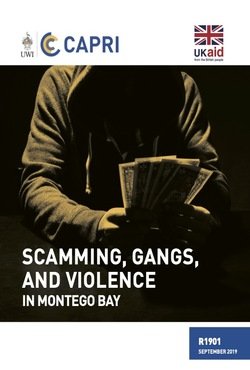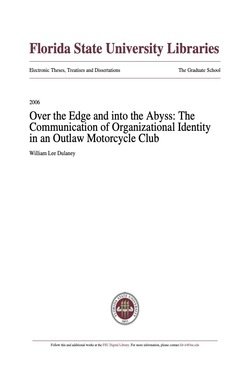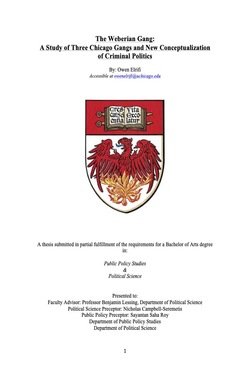By The National Governors Association
Youth involved in the juvenile justice system routinely face a variety of repercussions beyond detention. Although some of these may be directly related to the violation that occurred, there are many other secondary effects that can result from their system involvement. These secondary repercussions, or collateral consequences, can negatively impact youth and their families upon even the lowest level of engagement with the juvenile justice system. Such side effects can restrict a youth’s ability to recover and develop into a productive and self-sustaining adult citizen.
To better understand the range of collateral consequences youth may face, NGA conducted a series of learning calls and hosted a virtual roundtable titled “Strategies to Address the Needs of Juveniles Impacted by Collateral Consequences” during the fall of 2022. This roundtable convened national, state, and local subject-matter experts to explore the breadth of collateral consequences faced by justice-involved youth, the challenges and barriers policymakers face when addressing these consequences and policy options state leaders may consider to mitigate the negative effects that may result when youth interact with the juvenile justice system. This publication documents these high-level discussions and highlights key policy strategies for Governors’ offices to consider addressing this issue.
Washington, DC: NGA, 2023. 12p.




















